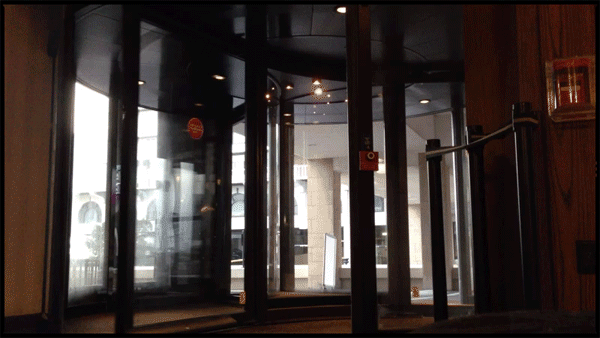Let’s keep this relatively short and simple shall we? I’ve spent just a month shy of 10 years in education, and I feel as though some days I know just about as much as I did on day one in the teaching field. I’m not going to call it an industry, because that term would only serve to acknowledge the increasingly perverse ways that educational institutions are being transmogrified (or at least attempted) into for-profit institutions that no longer server the public, only public shareholders. No, let’s not tap that keg of dynamite….yet.
Instead, let’s take a few moments to lament that the more things change, the more they stay the same, including technology. It would seem that the more creative, collaborative, and integral technological tools become to education, the quicker people are to turn these new tools into nothing more than digital pencils. Desktops and laptops quickly become “electronic typewriters” despite their ability to edit movies, produce music, manipulate imagery, and reach out to the web. iPads and other mobile devices become “portable televisions” despite their feature set begging these devices to be mobile digital video production units and windows capable of capturing small glimpses into the educational progress of learners.
We’re given Google Docs, and we find new ways for students to share writing and comments with JUST their teacher. We ignore the precipice of unabridged transformational writing that we stand at with real-time collaborative and revisioning tools like Google Docs. We’re given iPads, and we find new ways for students to play rote math and emergent literacy games. We ignore the sublime valley of digital storytelling and learner narration of the world around them through video, audio, and text. We’re given electronic interactive surfaces covering our walls, and we find new ways to present slideshows. We don’t even risk allowing learners to build their own simulations and interactives to share with the rest of the class, demonstrating how they perceive the world.
Before you fire up some flaming hot comments below, especially if you work with me currently, please understand these are not the realities of every classroom that I observe. But they are the reality in many more classrooms than should be the norm. Even as we profess our desires for every student to have access to a device for learning and growing numbers of educator clamor for professional development “our way, meeting our needs”, far too many of us are too slow on transforming our own learning environments and realities. When we get access to the technology, we find ways to replace or substitute analog learning quite rapidly, many of us even going so far as to adapt and transform activities and units in subtle and slight ways. Then we start to slip. Instead of trying to push forward to some sort of true transformational experience, the “shininess” wears off. The grind, or the test, or the standards, or some other mass of excuses stunts our growth. We find ourselves slowly sliding backward, unable to make the final leap to some new level of deeper understanding of how the small rectangular pieces of plastic and metal on our desks will truly help our students in new ways. We go back to waiting for the next push; the next new thing.
Don’t get me wrong, we’re still moving forward, we’re still growing, we’re still discovering new instructional realities in ever so incremental steps. It’s just that some days it feels like we’re only retreading a path we’ve already pushed forward down once before, and will likely retrace yet again. Our RSS readers and inboxes are full of links from “the best” educational technology resource sharing blogs, many of which seem now to merely present rehashed tools, websites, and apps that only re-arrange our sandboxes for learning, rather than create new ones. The tools, social networks, and silver bullets of yesteryear become the digital dust beneath our feet as we try to trod along the weary paths.
Perhaps I’m being too melancholy, or reacting poorly after a small string of failures. I can’t help but ask though if I’m not too far off the mark, or if there truly is some large upswell of transformative teaching and learning through technology that I’m missing. Perhaps one more trip around will tell.

